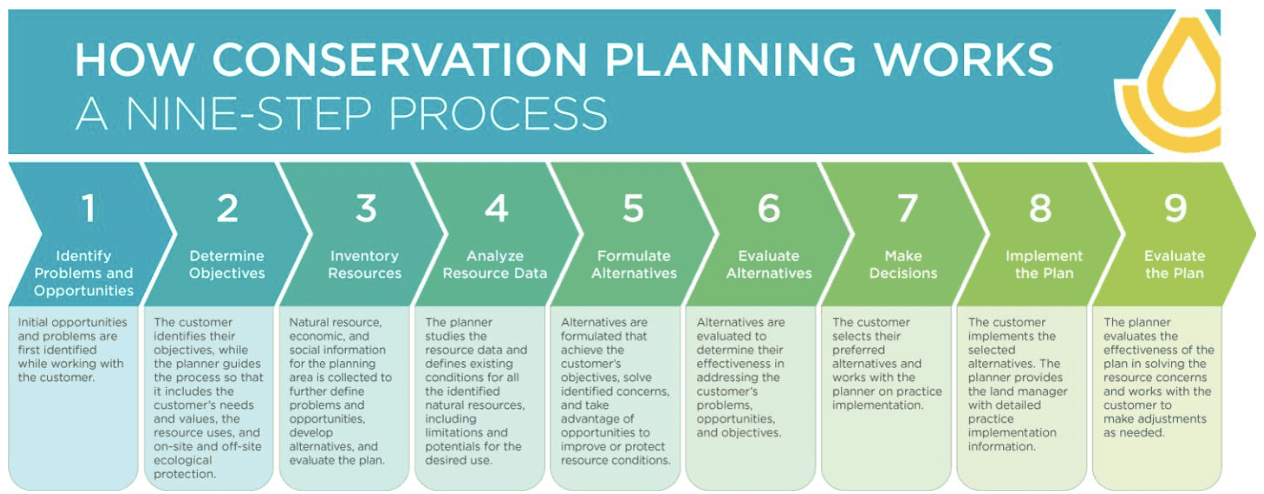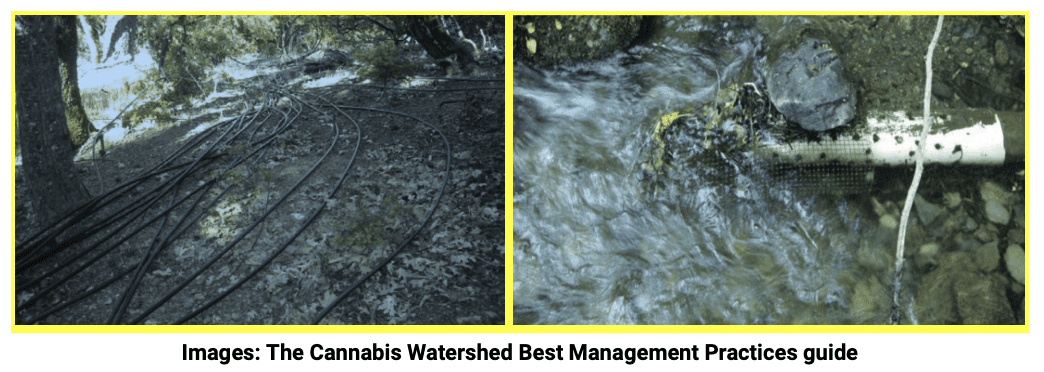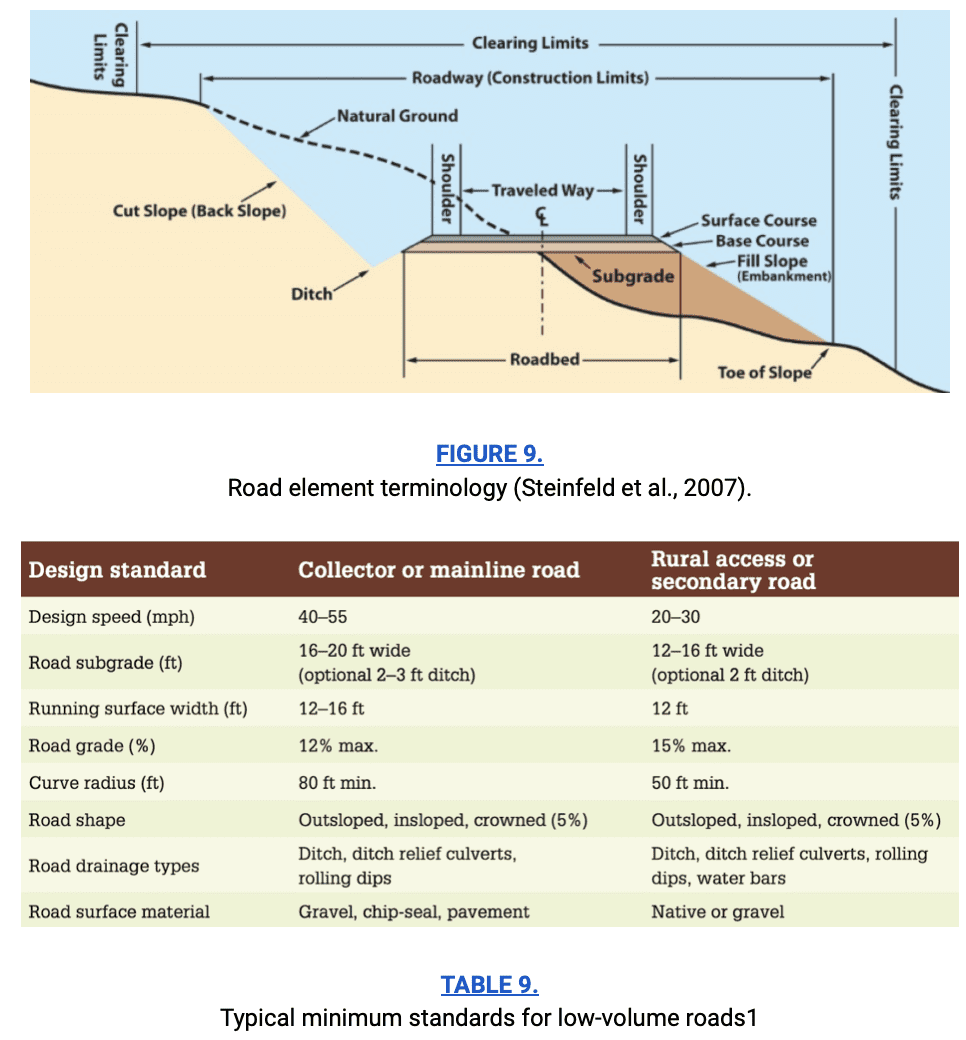GRASS-C stands for Growing Responsibly and Socially Sustainable Cannabis. It was created and is supported by California’s Resource Conservation Districts (RCDs). We developed this program with its self-assessment tool and a wealth of information for cannabis cultivators who want to implement the practices necessary to grow sustainably and become good stewards of the land and the farming community at large.
The RCDs created a companion guide for the grower seeking additional information on sustainable practices, what they entail, how to implement them, and when to seek professional guidance.
Resource Conservation Districts (RCD) are autonomous semi-governmental special districts established during the Dust Bowl to disseminate an understanding of water and soil conservation practices to local landowners. They are governed by locally appointed or elected boards of directors and are a trusted source of local expertise on land stewardship and best management practices. When you encounter a challenge in any of the subjects listed in the GRASS-C, call your local RCD. To find your local RCD, you can use the map available at the Resource Conservation Districts (CARCD) website.
Your local RCD can help you with the following subjects: Outlining a conservation plan, providing resources like the Cannabis Watershed Best Management Practices (BMP) guide, the Cannabis Watershed Best Management Practices guide, the Pacific Watershed Associates Handbook for Forest, Ranch, and Rural Roads, and various other resources and technical assistance.
The conservation plan. Your local RCD can help with additional information and technical assistance. More information they can provide includes a nine-step plan outlined by the Natural Resources Conservation Service of the U.S. Department of Agriculture. Part of the plan states, “A conservation plan identifies the customer’s conservation objectives and assesses and analyzes the natural resources issues on that customer’s land related to soil, water, animals, plants, air, energy, and human interaction.”
The sustainability and conservation experts can help you identify problems and offers opportunities typically available through your local soil and water conservation districts and their larger-scale conservation plan. Next steps, we help determine the objectives of the plan.
After taking inventory of natural resources as well as economic and social information, your RCD can help analyze the data. This process is crucial and will help you to understand the baseline conditions.
The next step is to formulate alternatives to achieve the goals for the land. This can be accomplished by solving identified problems and realizing opportunities. The RCD can help you understand potential financial assistance programs. When evaluating these alternatives, the planner has to recognize ecological values protected by law and executive order.
After these steps, it is time to make decisions about which path the plan should take. Your RCD can help implement the plan and offer technical assistance to design conservation practices. We can also offer extra guidance on obtaining permits, land rights, surveys, final designs, and inspections for structural practices. All stakeholders must then evaluate the plan to decide if it meets objectives and goals.

The Cannabis Watershed Best Management Practices guide. This guide is brought to you by the Mendocino RCD. You can download it here.
Water use and conservation. Implementing water-conserving infrastructure and best practices is essential to present and future sustainability and conversion. The RCD can help assist with advice on the effects of short and long drought seasons (page 8).
Surface water diversion. The guide goes into detail about diversion. It is essential to understand available water flow, pumping best practices, well maintenance, and practices (page 13).
Roads and land development. At the start of a construction project, your RCD can assist in evaluating your property’s natural contours and layouts. You’ll want to avoid erosion and put measures in place to prevent runoffs (page 18).
Proper road surface. The guide explains the basics of the proper road surface. It will help minimize sediment discharge (page 20).
Road construction and maintenance. Roads are often a cause of sediment pollution. Understanding proper construction and maintenance is pertinent to eliminate stream sediments, stream channel instability, and habitat decline (page 24).
Soil health and management. Identifying your soil type and understanding its benefits and challenges is important. Managing your soil will dictate its production as well as its retention of water and nutrients (page 33).

The Pacific Watershed Associates Handbook for Forest, Ranch, and Rural Roads.
This 420-page book was updated as a project by and for Mendocino County RCD. It can be accessed as downloadable PDFs here. Professionals use it for projects involving the design of roads and watercourse crossings. You can contact your local RCD for a recommendation to a licensed professional.
The expanded Handbook provides new insights into constructing high-quality roads with a low environmental impact. We maintain that wildland roads can be environmentally friendly when constructed thoughtfully and intentionally.
We provide guidance on how older roads can be maintained with low impact and cost. We show examples and strategies to achieve these sometimes conflicting goals.
Scientific advances have provided detailed technical information that is now widely available that focuses on building and managing low-volume roads and systems in a variety of settings. There are new methods to make these roads resilient and have less impact on the environment at a much lower cost than in the past.

Fish and Wildlife Resources – Biological Survey.
This survey is pertinent to establish if species of concern to the California Department of Fish and Wildlife inhabit your property. Contact your local RCD for help. They may have a qualified biologist on staff who can walk your property and may be able to perform a formal survey or at least recommend someone who is qualified.
Here is what you can expect from this survey: The extent will depend on the requesting authority and its connection to a state permit. Your local RCD can help guide you. You can find guidance from the State Water Resources Control Board here for more information.
You should be aware that the list provides the location of insects, wildlife, and habitats such as hedgerows, bird stands, songbirds, monarchs, and bees. Your local RCD can help with more extensive habitat projects like incorporating predatory bird stands, stream habitat protection, wetlands preservation, and forest/woodland area management.
Water resources and quality. Sources of water used for irrigating cannabis should be sustainable. Contact your local RCD to help determine how to minimize groundwater impacts. The Southern Sonoma RCD provides excellent photos and DIY solutions for stormwater management and water conservation in their publication here.
It is important to understand the water quality for crop water. An analysis will help determine what minerals are in the water for proper irrigation line maintenance and complimentary nutrient management strategies. Contact your local RCD for more information about how to access a reliable water quality analysis. They can also help interpret your soil and water quality results.
Soil & Sediment Erosion Control. The RCD of Monterey published a document to help with compiling best practices for runoff from hillside farmland, including information on cover cropping here. If your site necessitates a Site and Sediment Erosion Control Plan, ask your local RCD for a recommendation.
If you are looking for information about erosion, what can be repaired, and when to involve a professional, this document contains useful information. It was published in partnership with Marin RCD.
For soil management on cannabis farms, your local RCD staff can assist in determining how to estimate the organic vs. inorganic proportion in your soil.
Cultural Resources. Please contact your local RCD for advice if you ever find something that you suspect is a historical or cultural resource on your cannabis farm. We can help identify a desktop analysis by a qualified archaeologist. If the concern is founded, a qualified archaeologist will advise you.
Why GRASS-C?
GRASS-C is a tiered market-incentive certification program for environmentally responsible cannabis production in California. At Grass-C, we are focused on providing guidance on stewardship, social sustainability, and regulatory requirements. With the passage of Proposition 64, the Upper Salinas Las Tablas Resource Conservation District (USLTRCD) recognized a unique opportunity to take a proactive approach to work with legal cannabis growers in our area. Given many cannabis operations had been operating outside of regulatory statutes, they were possibly unaware of many resource issues, so USLTRCD felt a need to provide technical expertise and work at the ground level with local growers.

